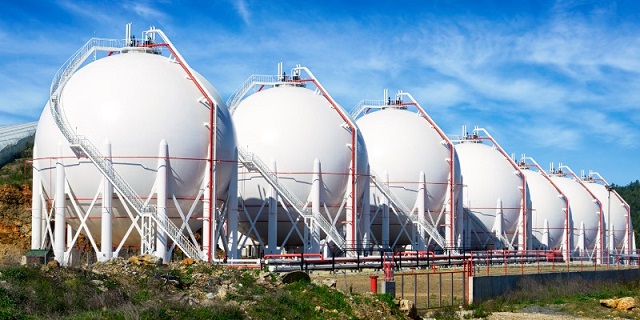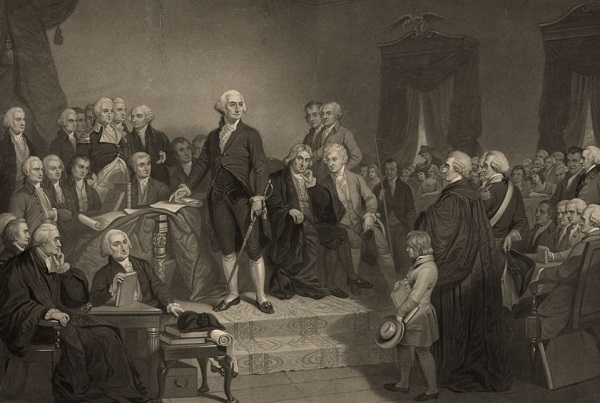Business
With our economy becalmed, Good Ship Canada needs a new captain

From the MacDonald Laurier Institute
Output has been stagnant for five years now. Canada is ‘as idle as a painted ship upon a painted ocean’
One of my favourite poems is Samuel Coleridge’s “The Rime of the Ancient Mariner.” It describes a ship driven by storms towards the South Pole. An albatross saves the ship and crew but the Ancient Mariner kills it, an act of cruelty for which he is later punished, including by having to repeat the story to strangers for the rest of his life.
It is the verse “Day after day, day after day,/ We stuck, nor breath nor motion;/ As idle as a painted ship/ Upon a painted ocean” that became one of my favourites. It comes back to me periodically when life seems stalled.
Which is the case with Canada these days. Our economy is at a standstill. Interest rates are up and inflation, though trending down, remains stubbornly high. Real GDP growth these past four quarters (August 2022 to August 2023) was a feeble 0.9 per cent. Any growth we do have is from a policy-driven population expansion of close to three per cent. But per capita GDP actually fell 2.1 per cent over that period, which means Canadians are poorer today than they were a year ago.
And it’s not just this year. Canada has been a “painted ship on a painted ocean” for some time. From January 2018 to June of this year, our GDP per capita was flat, according to OECD data released this week. Add in July and August and Canada’s per capita real GDP has declined slightly — from $52,300 in January 2018 to $51,900 in August (in 2012 dollars).
With the pandemic and surging inflation after 2020, you might think other countries’ economies are also becalmed. But they aren’t. U.S. per capita real GDP is up 2.4 per cent over the past year and up 9.3 per cent since January 2018, from US$61,500 to US$67,200 (again in 2012 dollars). At today’s exchange rate, Canada’s per capita GDP is now just 56 per cent of America’s — ouch!
Nor is it just the U.S. we’re slipping behind. Compared to our own slight decline in real per capita GDP since 2018, the OECD average is up 5.6 per cent, though there’s considerable variation across countries. For example, resource-rich Australia’s real per capita GDP was up only 4.8 per cent — which was still better than here — but superstar Ireland’s was up fully 31.0 per cent.
Let’s face it: Sir Wilfrid Laurier’s famous 1904 prediction that “For the next 100 years, Canada shall be the star towards which all men who love progress and freedom shall come” seems hollow these days. It is not that we don’t have the potential to shine; it’s that we so often fail to. We do still attract immigrants, but they often leave — as much as 20 per cent of a cohort over 25 years according to the Conference Board. And if salaries here keep falling behind those in the U.S., will we still be able to attract the best and brightest?
Canada has always been a trading nation but exports as a share of GDP have been relatively flat this past decade. The oil and gas sector has been our most important source of export earnings, surpassing even motor vehicles and parts, but since 2015 the Trudeau government has actively discouraged its growth.
We have had our share of innovations over the years but R&D spending has slipped back to the same share of GDP as it was in 1998. It seems the only way for Canada to develop new things is to subsidize them to the hilt with multi-billion grants like the ones given this past year to three different battery manufacturers.
Our health-care system is a shambles, with long waiting lines and not enough doctors and health professionals. One index ranks Canada’s health system as only 32nd best among 166 countries (with Singapore, Japan, South Korea, Taiwan and Israel ranking highest). We know what the problems are, but we seemingly don’t have the will to fix them.
Our tax system is a mess, with high rates and far too many ineffective incentives. Canada now has one of the highest top personal income tax rates in the world but applies it at much lower incomes than elsewhere, beginning at only twice the average wage. One important driver of U.S. growth was the Tax Cuts and Jobs Act of 2017, which bolstered investment by 20 per cent, as shown in important research released last month.
We are a free rider in defence and security spending, at only 1.29 per cent of GDP, well below the minimum two per cent needed to fulfil our NATO obligations. Our financial contribution to modernize NORAD is lacking despite the growing importance of the Arctic to Russia and China. We have contributed little in the way of advanced weaponry or tanks to our allies in Eastern Europe or the Middle East. Europe is desperate for natural gas but instead of buying it from us it is having to import it from Qatar.
While regional tensions have always been a major part of Canadian history, we seem to have lost all sight of nation-building. National infrastructure projects are absent. Provincial trade barriers undermine internal growth but are hard to remove. Alberta, angry with a federal government intent on shackling its energy industry, is ready to pull out of the national social security system. Quebec is drastically hiking tuition fees on students from the rest of Canada who attend its anglophone universities.
To fulfill its remarkable potential, this country cannot remain a painted ship upon a painted ocean. Someone needs to move the ship forward.
Economy
Prime minister’s misleading capital gains video misses the point
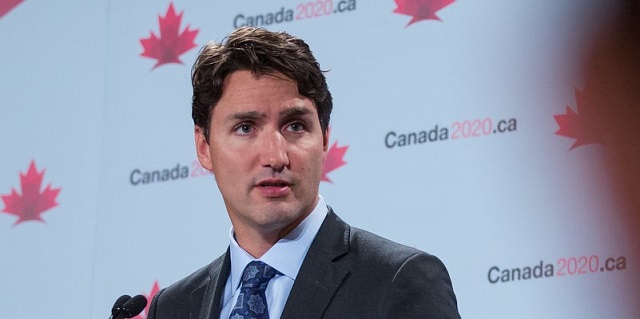
From the Fraser Institute
By Jake Fuss and Alex Whalen
According to a 2021 study published by the Fraser Institute, 38.4 per cent of those who paid capital gains taxes in Canada earned less than $100,000 per year, and 18.3 per cent earned less than $50,000. Yet in his video, Prime Minister Trudeau claims that his capital gains tax hike will affect only the richest “0.13 per cent of Canadians”
This week, Prime Minister Trudeau released a video about his government’s decision to increase capital gains taxes. Unfortunately, he made several misleading claims while failing to acknowledge the harmful effects this tax increase will have on a broad swath of Canadians.
Right now, individuals and businesses who sell capital assets pay taxes on 50 per cent of the gain (based on their full marginal rate). Beginning on June 25, however, the Trudeau government will increase that share to 66.7 per cent for capital gains above $250,000. People with gains above that amount will again pay their full marginal rate, but now on two-thirds of the gain.
In the video, which you can view online, the prime minister claims that this tax increase will affect only the “very richest” people in Canada and will generate significant new revenue—$20 billion, according to him—to pay for social programs. But economic research and data on capital gains taxes reveal a different picture.
For starters, it simply isn’t true that capital gains taxes only affect the wealthy. Many Canadians who incur capital gains taxes, such as small business owners, may only do so once in their lifetimes.
For example, a plumber who makes $90,000 annually may choose to sell his business for $500,000 at retirement. In that year, the plumber’s income is exaggerated because it includes the capital gain rather than only his normal income. In fact, according to a 2021 study published by the Fraser Institute, 38.4 per cent of those who paid capital gains taxes in Canada earned less than $100,000 per year, and 18.3 per cent earned less than $50,000. Yet in his video, Prime Minister Trudeau claims that his capital gains tax hike will affect only the richest “0.13 per cent of Canadians” with an “average income of $1.4 million a year.”
But this is a misleading statement. Why? Because it creates a distorted view of who will pay these capital gains taxes. Many Canadians with modest annual incomes own businesses, second homes or stocks and could end up paying these higher taxes following a onetime sale where the appreciation of their asset equals at least $250,000.
Moreover, economic research finds that capital taxes remain among the most economically damaging forms of taxation precisely because they reduce the incentive to innovate and invest. By increasing them the government will deter investment in Canada and chase away capital at a time when we badly need it. Business investment, which is crucial to boost living standards and incomes for Canadians, is collapsing in Canada. This tax hike will make a bad economic situation worse.
Finally, as noted, in the video the prime minister claims that this tax increase will generate “almost $20 billion in new revenue.” But investors do not incur capital gains taxes until they sell an asset and realize a gain. A higher capital gains tax rate gives them an incentive to hold onto their investments, perhaps until the rate is reduced after a change in government. According to economists, this “lock-in” effect can stifle economic activity. The Trudeau government likely bases its “$20 billion” number on an assumption that investors will sell their assets sooner rather than later—perhaps before June 25, to take advantage of the old inclusion rate before it disappears (although because the government has not revealed exactly how the new rate will apply that seems less likely). Of course, if revenue from the tax hike does turn out to be less than anticipated, the government will incur larger budget deficits than planned and plunge us further into debt.
Contrary to Prime Minister Trudeau’s claims, raising capital gains taxes will not improve fairness. It’s bad for investment, the economy and the living standards of Canadians.
Authors:
Business
Ottawa should end war on plastics for sake of the environment
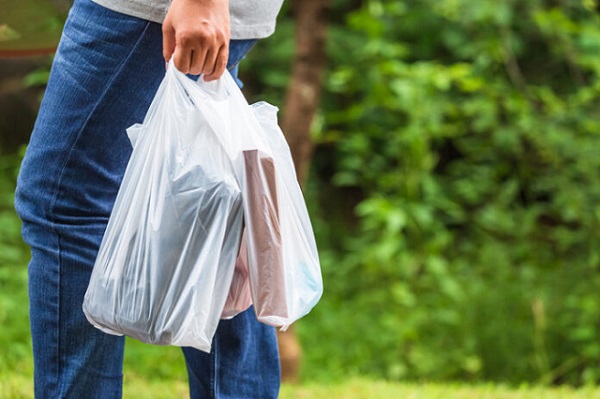
From the Fraser Institute
Here’s the shocker: Meng shows that for 15 out of the 16 uses, plastic products incur fewer GHG emissions than their alternatives…
For example, when you swap plastic grocery bags for paper, you get 80 per cent higher GHG emissions. Substituting plastic furniture for wood—50 per cent higher GHG emissions. Substitute plastic-based carpeting with wool—80 per cent higher GHG emissions.
It’s been known for years that efforts to ban plastic products—and encourage people to use alternatives such as paper, metal or glass—can backfire. By banning plastic waste and plastic products, governments lead consumers to switch to substitutes, but those substitutes, mainly bulkier and heavier paper-based products, mean more waste to manage.
Now a new study by Fanran Meng of the University of Sheffield drives the point home—plastic substitutes are not inherently better for the environment. Meng uses comprehensive life-cycle analysis to understand how plastic substitutes increase or decrease greenhouse gas (GHG) emissions by assessing the GHG emissions of 16 uses of plastics in five major plastic-using sectors: packaging, building and construction, automotive, textiles and consumer durables. These plastics, according to Meng, account for about 90 per cent of global plastic volume.
Here’s the shocker: Meng shows that for 15 out of the 16 uses, plastic products incur fewer GHG emissions than their alternatives. Read that again. When considering 90 per cent of global plastic use, alternatives to plastic lead to greater GHG emissions than the plastic products they displace. For example, when you swap plastic grocery bags for paper, you get 80 per cent higher GHG emissions. Substituting plastic furniture for wood—50 per cent higher GHG emissions. Substitute plastic-based carpeting with wool—80 per cent higher GHG emissions.
A few substitutions were GHG neutral, such as swapping plastic drinking cups and milk containers with paper alternatives. But overall, in the 13 uses where a plastic product has lower emissions than its non-plastic alternatives, the GHG emission impact is between 10 per cent and 90 per cent lower than the next-best alternatives.
Meng concludes that “Across most applications, simply switching from plastics to currently available non-plastic alternatives is not a viable solution for reducing GHG emissions. Therefore, care should be taken when formulating policies or interventions to reduce plastic demand that they result in the removal of the plastics from use rather than a switch to an alternative material” adding that “applying material substitution strategies to plastics never really makes sense.” Instead, Meng suggests that policies encouraging re-use of plastic products would more effectively reduce GHG emissions associated with plastics, which, globally, are responsible for 4.5 per cent of global emissions.
The Meng study should drive the last nail into the coffin of the war on plastics. This study shows that encouraging substitutes for plastic—a key element of the Trudeau government’s climate plan—will lead to higher GHG emissions than sticking with plastics, making it more difficult to achieve the government’s goal of making Canada a “net-zero” emitter of GHG by 2050.
Clearly, the Trudeau government should end its misguided campaign against plastic products, “single use” or otherwise. According to the evidence, plastic bans and substitution policies not only deprive Canadians of products they value (and in many cases, products that protect human health), they are bad for the environment and bad for the climate. The government should encourage Canadians to reuse their plastic products rather than replace them.
Author:
-

 Addictions2 days ago
Addictions2 days agoLiberals shut down motion to disclose pharma payments for Trudeau’s ‘safe supply’ drug program
-

 espionage1 day ago
espionage1 day agoThe Scientists Who Came in From the Cold: Canada’s National Microbiology Laboratory Scandal, Part I
-
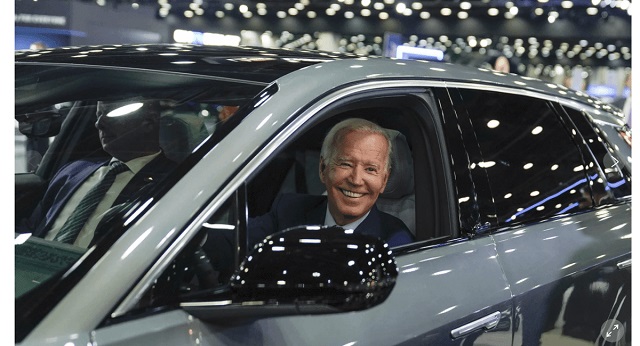
 Energy1 day ago
Energy1 day agoTech giants’ self-made AI energy crisis
-

 Frontier Centre for Public Policy1 day ago
Frontier Centre for Public Policy1 day agoThe PM as Leaf’s coach
-

 Economy13 hours ago
Economy13 hours agoPrime minister’s misleading capital gains video misses the point
-

 National1 day ago
National1 day agoTrudeau’s internet censorship Bill C-11 will not be implemented until late 2025
-
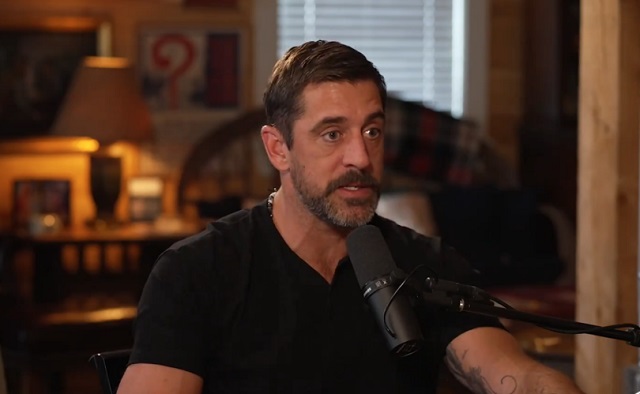
 COVID-1914 hours ago
COVID-1914 hours agoTucker Carlson and NFL star Aaron Rodgers discuss Bill Gates, COVID-19, US Deep State






